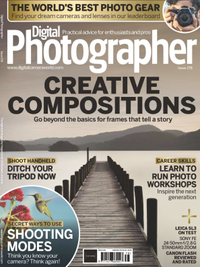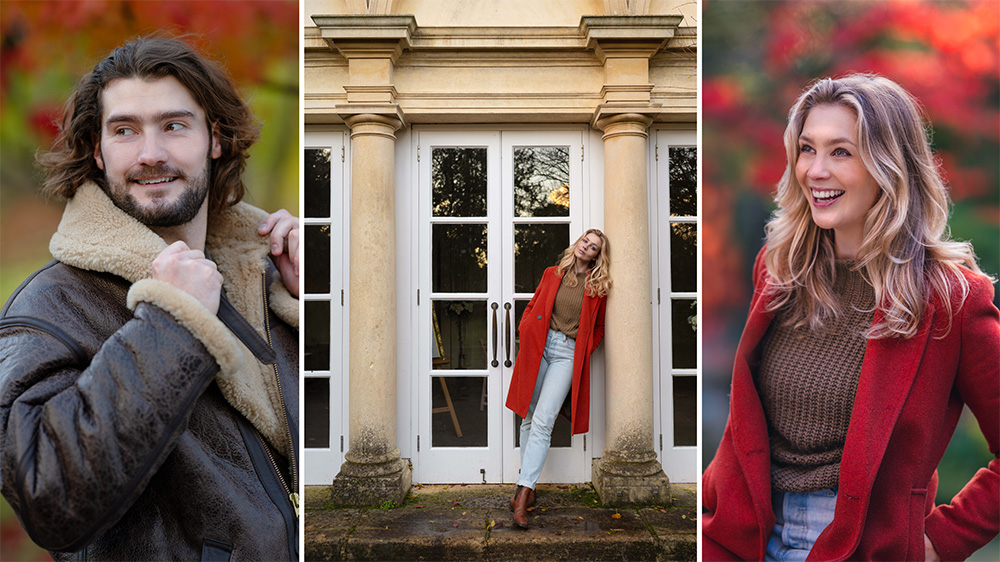Why the time of the year is crucial when it comes to landscape photography
Ryszard Lomnicki shares four photographic key decisions for his shot showcasing the lushness of the spring greenery in Moravia
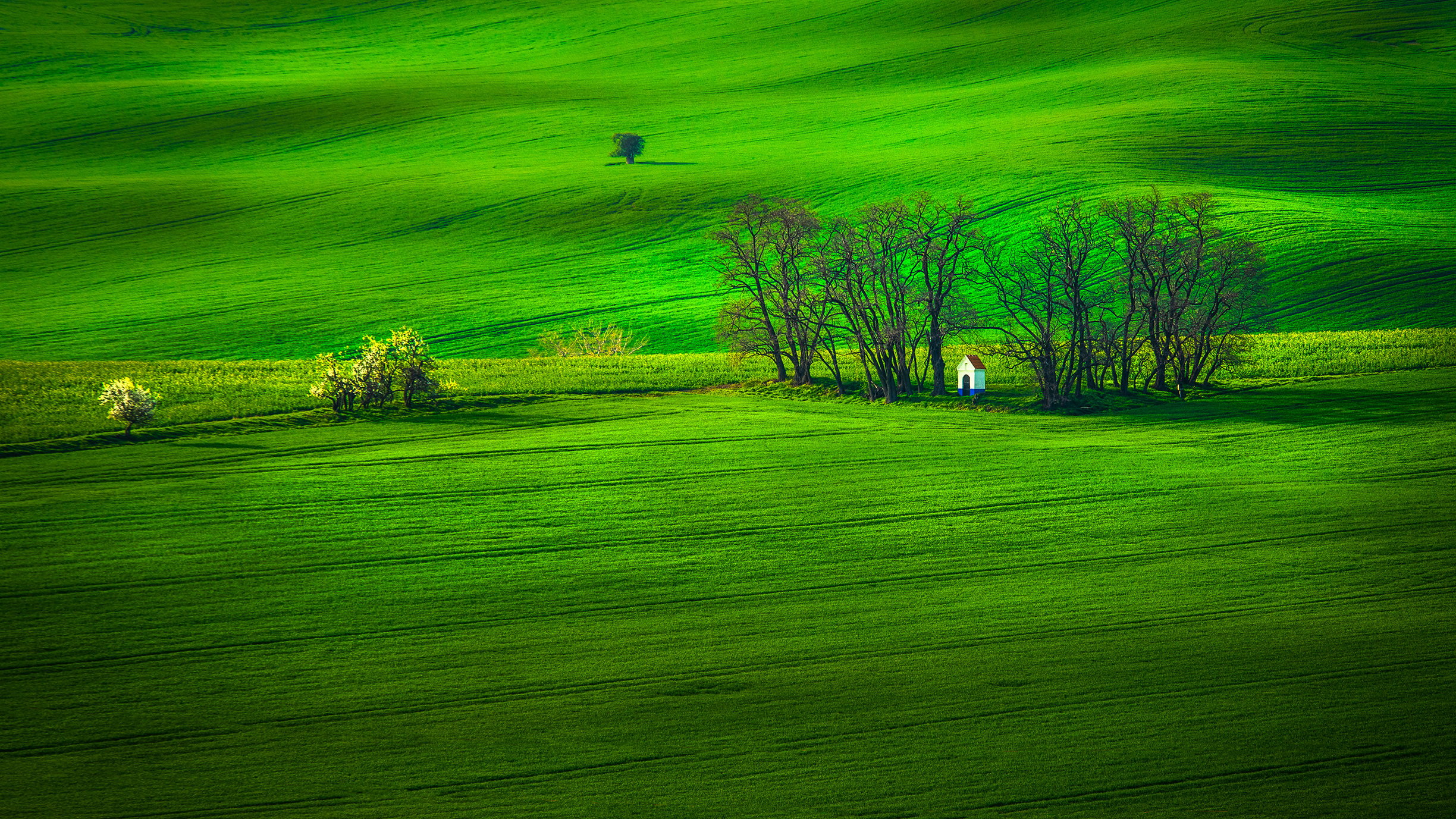
Ryszard Lomnicki is a specialist in long exposure and landscape photography. His expertise allowed him to travel and spend time in the wild, which he believes to be one of the many positive aspects of being a photographer.
I had the honour of interviewing him about his work and analysing his image created in Moravia, Czech Republic. During our discussion, we delved into the techniques he used to capture the photo and why it works so effectively...
1. Vivid colours
Landscapes undergo significant transformations throughout the year, influenced by the weather and the season, but Ryszard decided to capture this scene in spring. “I planned to capture this scene at this time of year as I really wanted to show nature coming to life,” he explains. “The lushness of the spring greenery is crucial in this photo.”
Ryszard skilfully captured the light and shadow to highlight the different hues of green. This has resulted in a vibrant but harmonious frame that mesmerizes with its vivid colors. Furthermore, this all-green color scheme allows the tiny Chapel of St Barbara, found on the right of the frame, to stand out.
2. Leading lines
“The main challenge I faced when shooting in this location was the distance from the Chapel of St Barbara. Capturing the frame as I intended meant that I had to adjust the position of the tripod to align with the desired composition,” Ryszard explains.
He opted to include leading lines in his composition, with the trees creating lines that lead towards the chapel, naturally guiding the viewer’s gaze towards it. “By placing the chapel in a strong point, the leading lines combined with the undulations of the terrain highlighted by the rays of the setting sun, result in a more interesting image overall,” he adds.
3. Excluded horizon
When creating a balanced composition, the horizon is usually placed in the frame and often adheres to the classic rule of thirds. However, Ryszard intentionally chose to break with convention here by filling the frame with the landscape instead.
Get the Digital Camera World Newsletter
The best camera deals, reviews, product advice, and unmissable photography news, direct to your inbox!
“I decided to isolate the scene with the fields, the trees and a chapel to focus the eye on the most important elements of this scene,” he explains. “Including the horizon and sky might have unnecessarily disturbed the clean composition.” By doing so, he has showcased the landscape to its fullest potential.
4. Light fall-off
By darkening the edges of the frame using a vignette, Ryszard achieved a visual spotlight on the subject. “The vignetting effect was used specifically to focus the
eye on the most important elements of this photo,” he explains.
With the reduction of brightness, a visual leading part was created that skillfully draws the viewer into the frame while enhancing the narrative of the photograph.
Tech details

Camera: Sony A7R III
Lens: Sigma 70-200mm f/2.8 EX DG OS HSM
Aperture: f/11
Shutter speed: 1/80 sec
ISO: 100
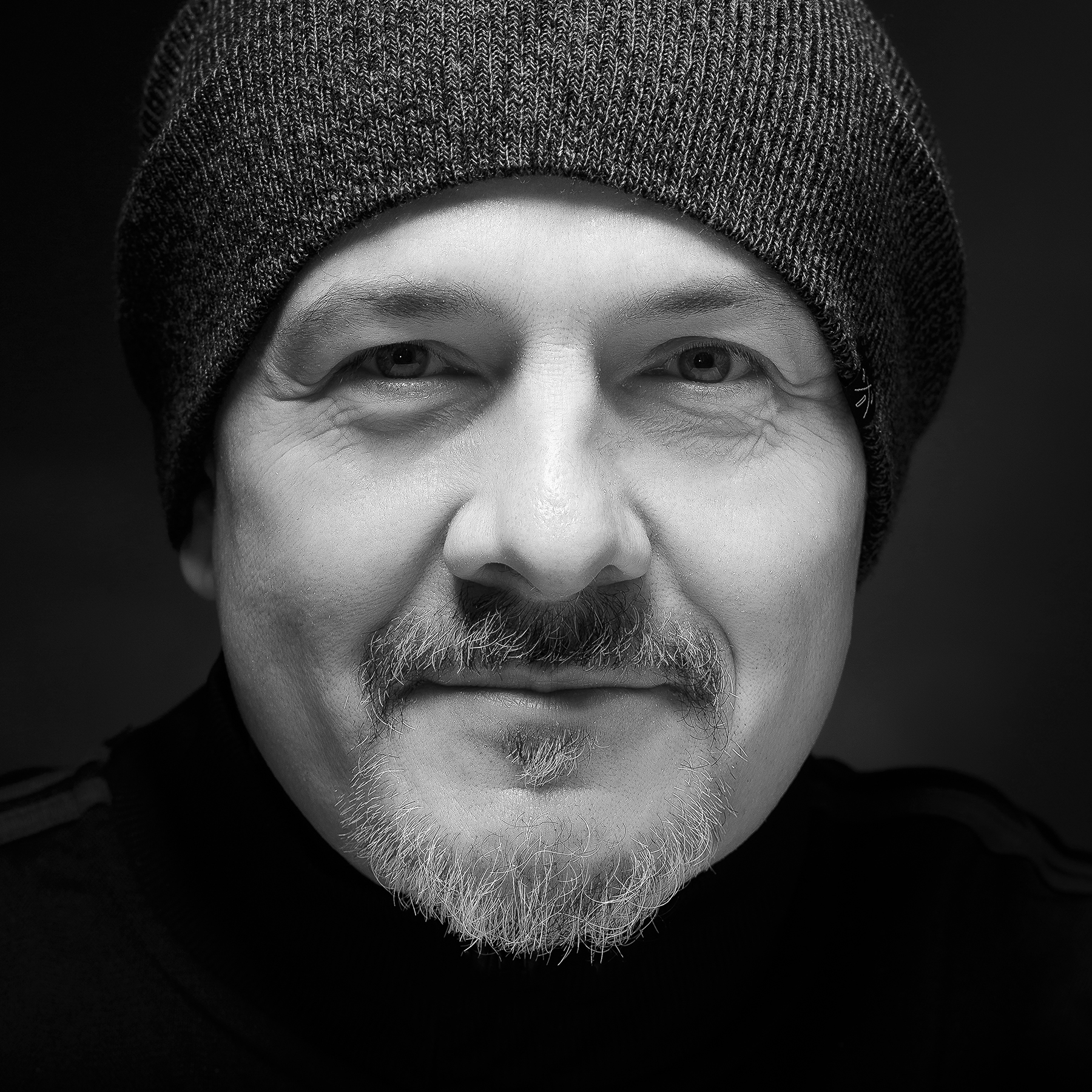
Ryszard Lomnicki is an award-winning photographer based in Galway, Ireland. He specialises in long exposure and landscape photography and is also the official co-photographer of Haida Filters and a brand ambassador for Leofoto, Shimoda and Blackrapid.
Others in the Why Shots Work series
- Urban street photographer reveals his candid capture secrets
- Photographer tells story of getting up close and personal with a python
- Discover four key elements that make this stunning photo a success
- The 4 photographic decisions that take this motorsport shot to the next level
- Photographer tells story of his amazing shot of wallabies fighting on the beach
This article originally appeared in Digital Photographer, a monthly magazine, and the kitbag essential for pros, enthusiasts, and amateurs alike!
Inside, you'll find practical guides, shooting tips, and techniques from working photographers, plus all the latest industry news.
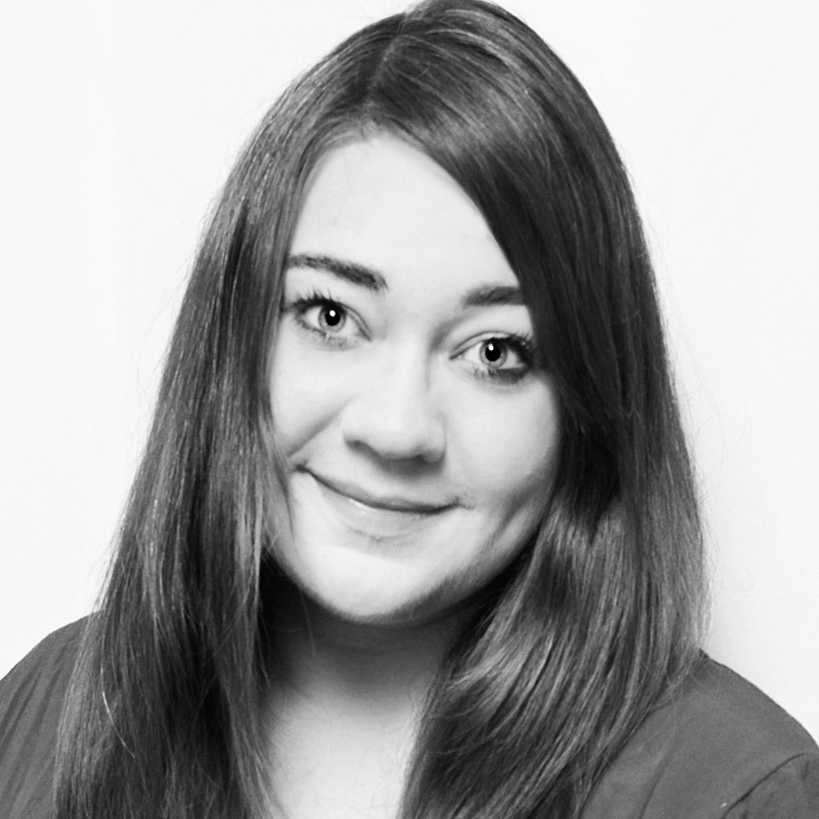
Kim is the Staff Writer on Digital Camera World, and formerly Technique Editor at Digital Photographer, focusing on the art and science of photography. With a Master’s degree in Photography and Media, she is driven to educate through an analytical approach, visually and technically. With her guides and tutorials, Kim seeks to uncover new facets of this time-honoured medium and foster a deeper understanding of its profound role in culture. Kim highlights topics that resonate with modern society, including women in photography and critical issues such as environmental conservation. She also discusses and reviews camera gear, giving you an overview to find the best fit for your photography journey.
